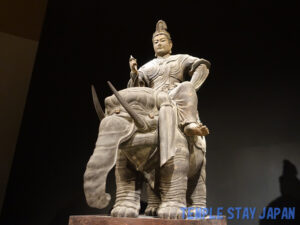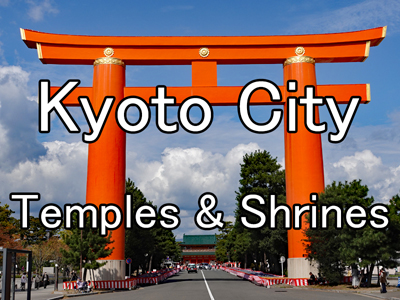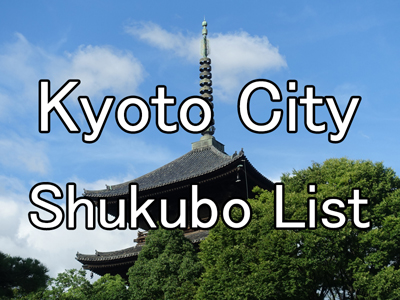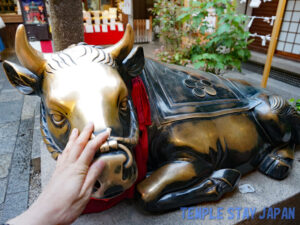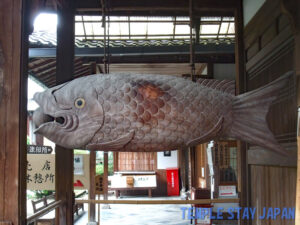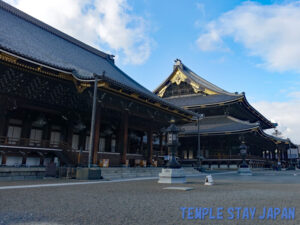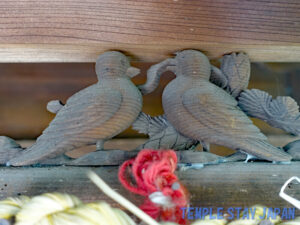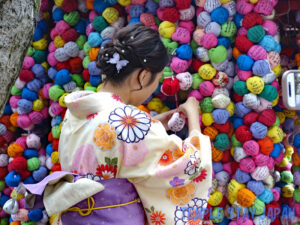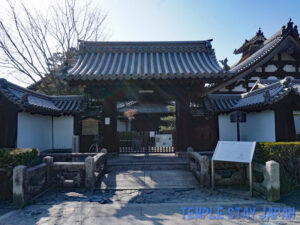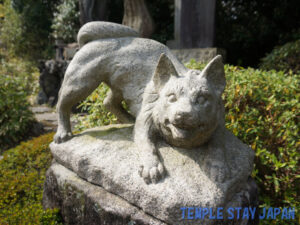We’ve looked into the top 10 largest traditional wooden temples in Kyoto.
Size was ranked by area (width x depth). We did not rank the buildings by volume because some of the buildings have unknown heights and some have only parts of their roofs that are tall.
Please use this as reference information for your trip to Kyoto. For information and maps about each temple, please see the links at the bottom of the article.
Top 10 Largest Wooden Temples in Kyoto
1st place : Goeido Hall of Higashi-Honganji Temple
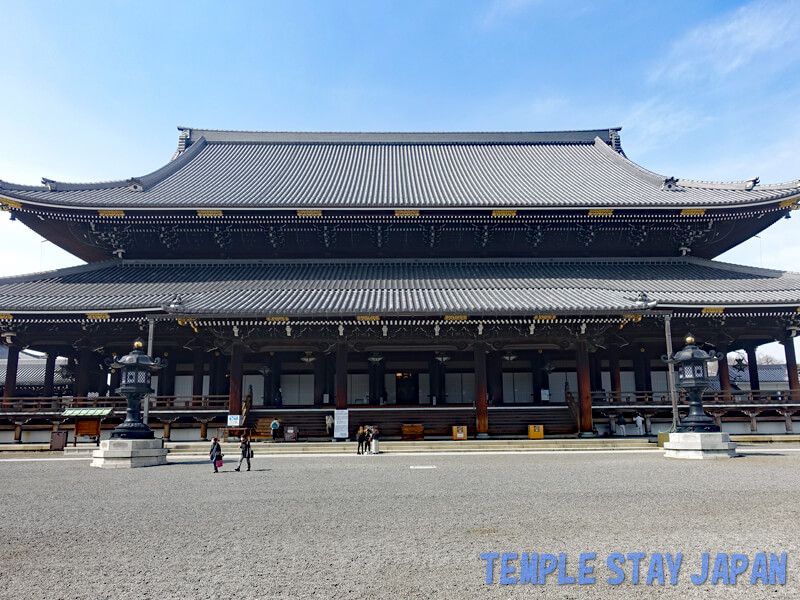
The largest wooden building in Kyoto is the Goeido Hall of Higashi-Honganji Temple. It is 76m (249 ft) wide, 58m (190 ft) depth, and 38m (125 ft) high, with an area of 4,408m2 (47,310 sq.ft).
After it burned down, the current building was rebuilt in 1895. It has been designated as an Important Cultural Property of Japan.
This is the central building of Higashi Honganji Temple and enshrines a statue of Shinran, the founder of the Jodo Shinshu sect.
It is located within a short walking distance from Kyoto Station. This hall is free to enter.
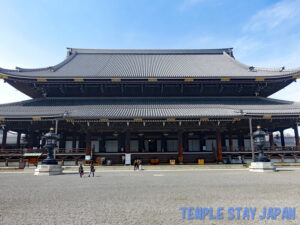
2nd place : Goeido Hall of Nishi-Honganji Temple
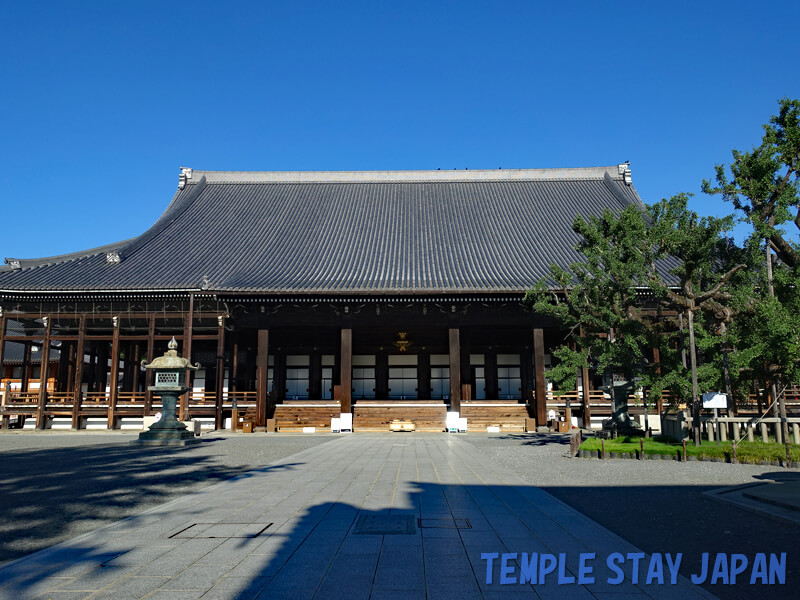
Second place goes to the Goeido Hall of Nishi-Honganji Temple. It is 62m (203 ft) wide, 48m (157 ft) depth, and 29m (95 ft) high, with an area of 2,976m2 (31,871 sq.ft).
The hall was built in 1636 and is designated as a national treasure of Japan. A statue of Shinran, the founder of the Jodo Shinshu sect, is enshrined here. This hall is free to enter.
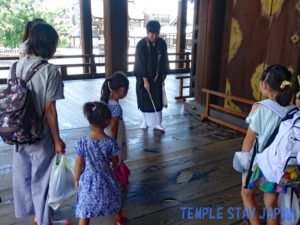
3rd place : Main Hall of Sanjusangendo Temple
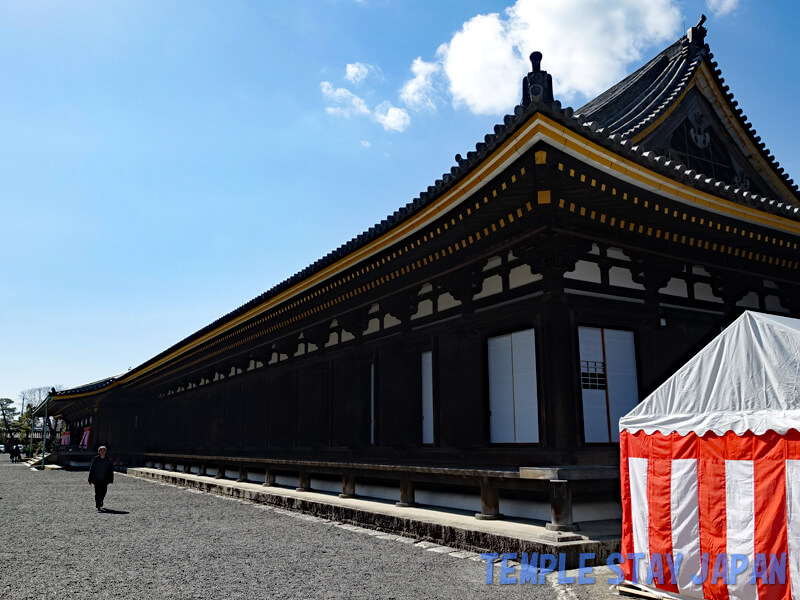
The main hall of Sanjusangendo is very wide. It is 120m (394 ft) wide, 22m (72 ft) depth, and 16m (52 ft) high, with an area of 2,640m2 (28,368 sq.ft). This hall is designated as a national treasure.
Inside this hall, there are 1,000 Thousand-Armed Kannon statues lined up, creating a spectacular sight.
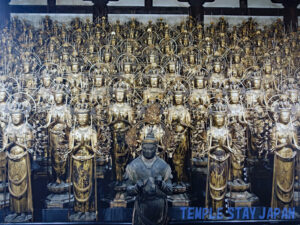
4th place : Amida Hall of Higashi-Honganji Temple
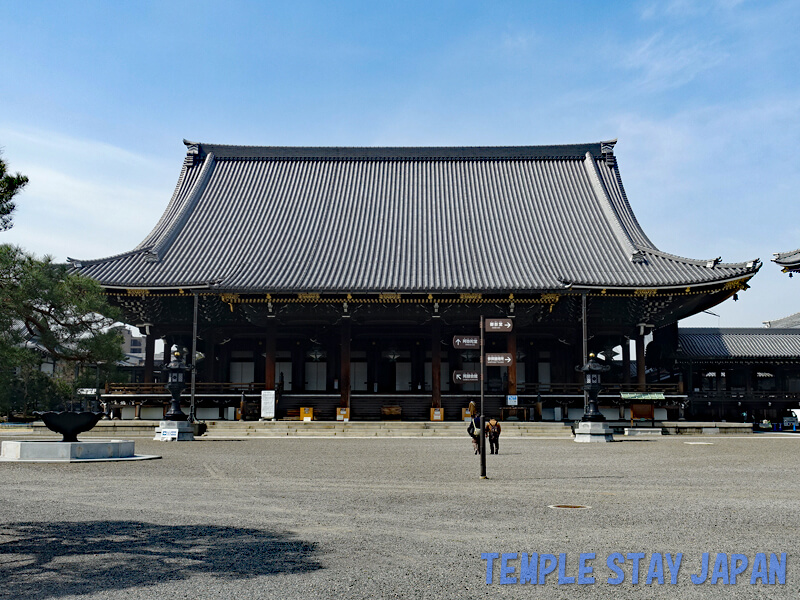
This hall is located next to the number one ranked Higashi-Honganji Goeido Hall. It is 52m (171 ft) wide, 47m (154 ft) depth, and 29m (95 ft) high, with an area of 2,444m2 (26,334 sq.ft).
This hall was also built in 1895 and is designated as an Important Cultural Property.

5th place : Amida Hall of Nishi-Honganji Temple
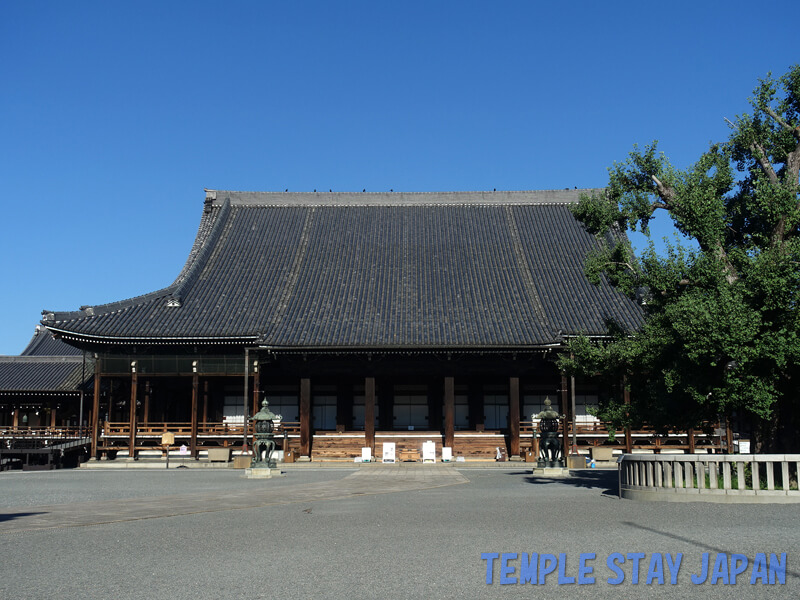
It is 45m (148 ft) wide, 42m (138 ft) depth, and 25m (82 ft) high, with an area of 1,890m2 (20,424 sq.ft). This hall was built in 1760 and is designated a national treasure.
Four of the top five places are halls at Higashi-Honganji Temple and Nishi-Honganji Temple. The two temples are within walking distance, so we recommend visiting both.

6th place : Mieido Hall of Chionin Temple
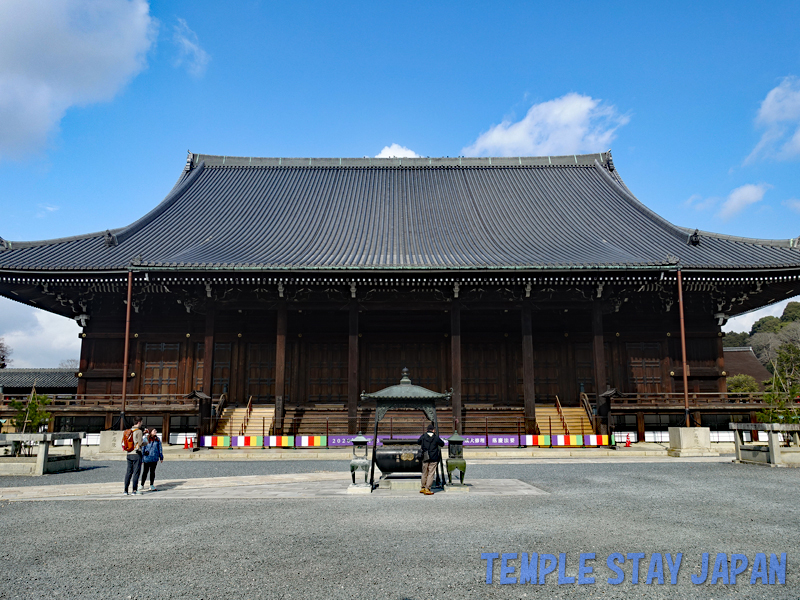
Chionin Temple is the head temple of the Jodo sect of Buddhism, and the Mieido Hall is its central hall.
It is 45m (148 ft) wide, 35m (115 ft) depth, and 28m (92 ft) high, with an area of 1,575m2 (17,020 sq.ft). It was built in 1639 by the third Tokugawa shogun, Iemitsu, and is designated a national treasure.
It is possible to enter this hall to pray or attend morning services.
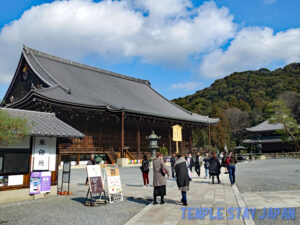
7th place : Sanmon Gate of Chionin Temple
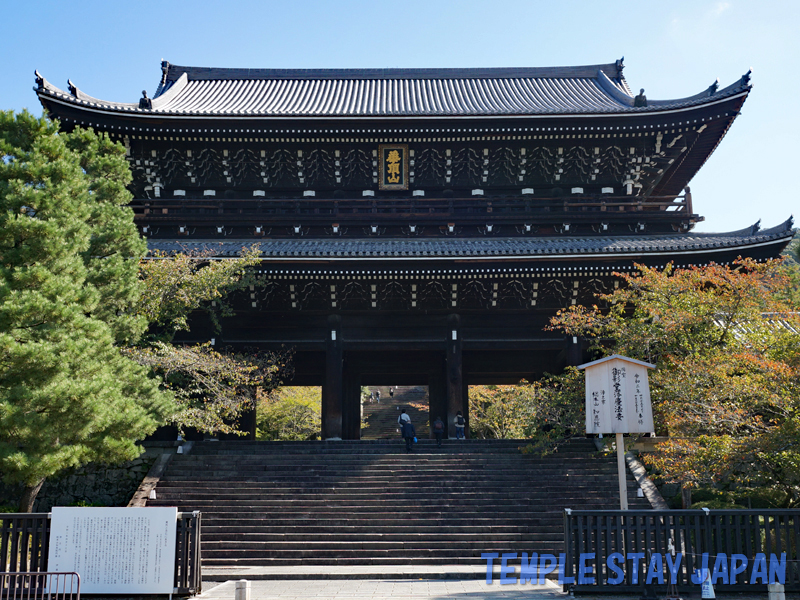
The top six places are all halls, but this is the highest ranking gate.It is 50m (164 ft) wide, 23m (75 ft) depth, and 24m (79 ft) high, with an area of 1,150 m2 (12,300 sq.ft).
It was built in 1621 by order of the second Tokugawa Shogun, Hidetada, and is designated a national treasure.
This gate is usually open to the public at all times. The upper echelons are not allowed inside, but there are times when it is open to the public for special viewing.

8th place : Main Hall of Kiyomizu-dera Temple
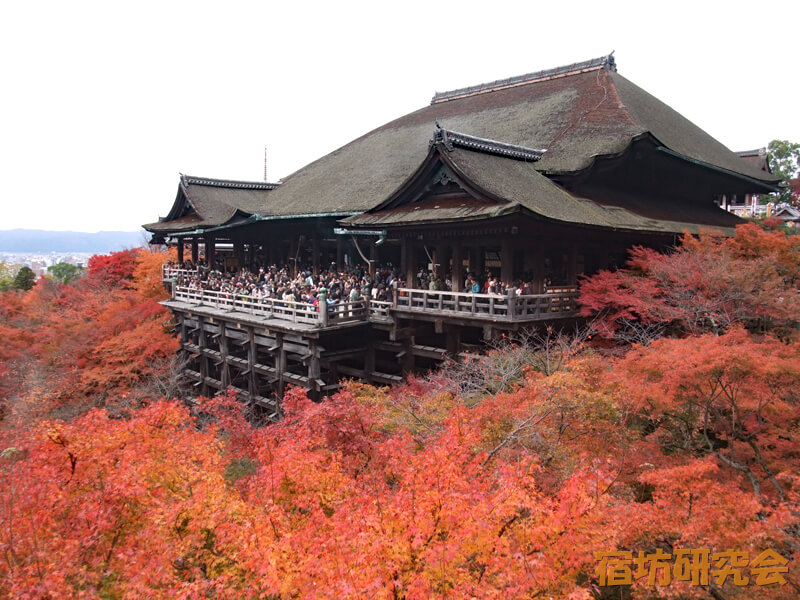
This is the main hall of Kiyomizu-dera Temple, which has a unique structure built on top of a cliff. It is 36m (118 ft) wide, 30m (98 ft) depth, and 18m (59 ft) high, with an area of 1,080m2 (11,564 sq.ft).
It was rebuilt in 1633 with a donation from the third Tokugawa shogun, Iemitsu. It is a valuable building in Japanese architectural history and has been designated a national treasure.
In Japan, doing something bold is said to be “jumping off the stage at Kiyomizu.” The stage that projects from the main hall is 13 meters high, equivalent to the height of a four-story building. According to old records, 234 people have jumped from here, of which 34 died, giving a survival rate of about 85%.
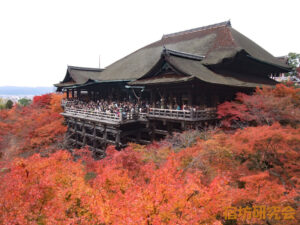
9th place : Zen Hall of Tofukuji Temple
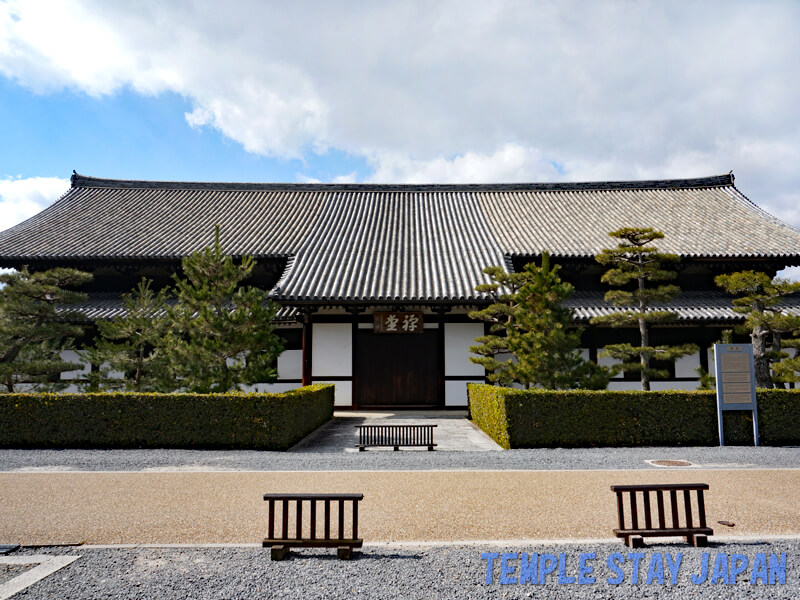
Tofukuji Temple is the head temple of the Tofukuji branch of the Rinzai sect of Buddhism. The Zen Hall is 42m (138 ft) wide, 22m (72 ft) depth and has an area of 924m2 (9,936 sq.ft). The height is unknown.
Rebuilt in 1347, it is the oldest and largest zazen training center in Japan. It has been designated an Important Cultural Property. In the past, more than 400 monks trained here.
The main hall located nearby is a larger building than this Zen hall. However, this is a newer building, built in 1934 (though it is still nearly 100 years old), so we have excluded it from the ranking.
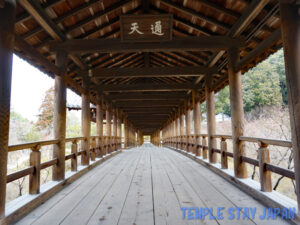
10th place : Kondo Hall of Toji Temple
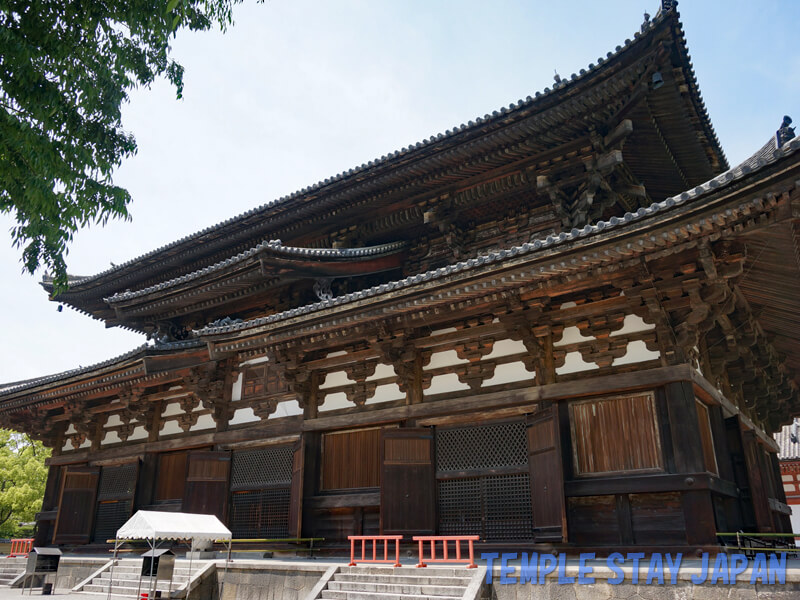
Toji Temple is the head temple of the Shingon sect. The Kondo Hall is positioned as the main hall. It is 34m (112 ft) wide, 18m (59 ft) depth and has an area of 612m2 (6,608 sq.ft). The height is unknown.
Enshrined inside is the Yakushi Nyorai (Bhaisajyaguru) statue, the principal image of the temple, as well as the Suryaprabha and Candraprabha. The Yakushi Nyorai (Bhaisajyaguru) statue is a huge Buddha statue that is 2.88 m (9.45 ft) tall.
